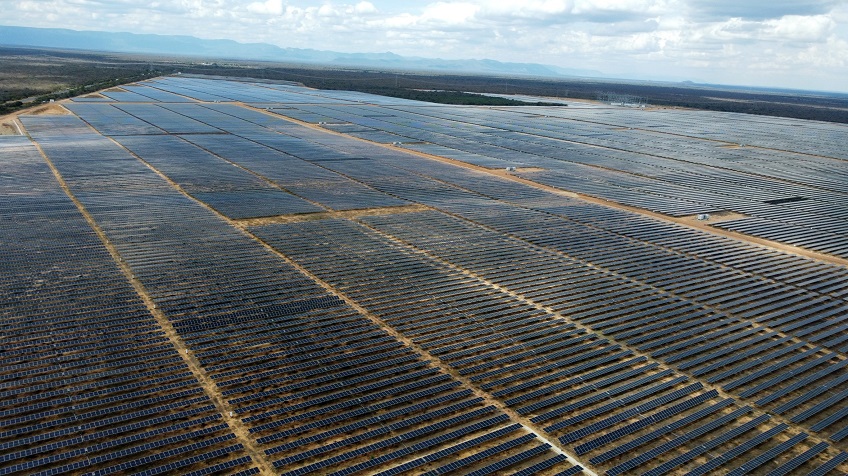
Solar energy demand grows each year, with an average growth rate of about 25% annually (for the past decade) in the United States. This consistent growth requires adaptation to keep up, which is where solar farms come in. Solar farms are popping up all around America, from massive utility-size farms to smaller community farms.
A solar farm is an installation or area of a collection of photovoltaic (PV) solar panels with the purpose of generating electricity by absorbing the sun’s energy. These solar panels convert the energy to electricity then send it to the power grid. It is then distributed appropriately for consumption. Solar farms come in two main types: Utility-scale and Community.
These solar farms stretch over massive areas of land. They can house hundreds of thousands of panels. Statistics from cleanpower.org state that utility-scale solar farms in the United States have a total capacity of 77 gigawatts, which is enough to power about 17 million homes. Solar is the third largest source of renewable energy in the country, and it’s growing all the time. Many utility companies across the country are investing in utility-scale solar farms in an attempt to catch the sun’s energy at larger scales. Solar Star (in California) is currently the largest solar farm in the United States, followed by Topaz Solar Farm and Ivanpah Solar Electric Generating System (both in California also). Solar Star has an impressive 1.7 million solar panels over 13 square kilometers (over 3,212 acres) in Los Angeles and Kern counties. Utah’s current largest facility is found in Beaver County, however the Green River Energy Center planned for Emery County will become the largest in our state once it’s fully operational in 2025.
These are smaller scale facilities and typically generate around 5 megawatts of electricity intended for local communities and businesses. Energy that comes into these farms are shared by those who participate in the program. It is dependent on the number of residents and the amount of electricity production. Often, residents that opt into the program receive a reduction in their electricity bill or another cost-savings incentive for their investment in the community solar project. It works by installing panels in a large, open area that receives good sunlight in a specific neighborhood, then that energy is fed into the larger electricity grid for that city or region. Community solar is able to use power generated by panels that are in close proximity to the users rather than traveling miles and miles before it reaches the intended destination, which is more common with utility-scale solar. This also means these homeowners and business owners are less likely to lose power if the grid goes down.
Benefits of solar farms include a decreased reliance on fossil fuels, long-term return on a one-time investment, job creation, low maintenance for a renewable source, and a quiet and safe option for energy production. If you have questions on options for solar power at your home or business, contact Four Seasons Solar for more information.
